The Bureau of Ocean Energy Management (BOEM) is helping to restore one of Louisiana’s key barrier islands. An agreement signed between the state and BOEM will allow the Coastal Protection and Restoration Authority of Louisiana to use Federal offshore sand to restore the beach, dunes and marsh habitats at Caillou Lake Headlands, also known as Whiskey Island. The Deepwater Horizon Natural Resources Damage Assessment (NRDA) Early Restoration Program is providing the funds.
The Whiskey Island project will excavate up to 13.4 million cubic yards of high-quality sand from Ship Shoal. The sand, located nine miles offshore in Federal waters on the Outer Continental Shelf (OCS), will be pumped through a temporary pipeline to the project site to construct approximately 1,100 acres of barrier island habitat. Besides the unique habitat barrier islands provide, they also play an important role in protecting wetlands from storm impacts.
“Restoring barrier islands protects vital wetlands along the Gulf Coast and is part of BOEM’s continuing commitment to work with states and communities to restore and protect our coasts from the effects of storms and climate change.” said BOEM Director Abigail Ross Hopper. She added that the project would provide a centralized sand source for the natural nourishment of down-drift barrier islands east and west of the project site and maintain estuarine conditions in the Barataria-Terrebonne National Estuary system.
BOEM has recently seen a significant increase in the use of OCS material for coastal restoration projects in the Gulf of Mexico. Upcoming projects include Caminada Headland, Mississippi Coastal Improvements Program, and NRDA North Breton Island. Combined with the Whiskey Island effort, these projects will transport and place approximately 30 million cubic yards of OCS sand to those areas. Additionally, four recent projects along the Louisiana coast used approximately 11 million cubic yards of OCS sand: Caminada Headland Beach and Dune Restoration Increment I; Cameron Parish Shoreline Restoration; Raccoon Island Backbarrier Marsh Restoration; and Pelican Island Restoration. Prior to these projects, the Holly Beach, Louisiana project in 2002 was the only coastal restoration project in the Gulf of Mexico to use OCS sand.
BOEM has the authority to convey OCS sand resources for shore protection, beach or wetland restoration projects, or for use in construction projects funded in whole or part, or authorized by the Federal government. In exercising this authority, BOEM may issue a negotiated non-competitive lease agreement for the use of OCS sand to a qualifying entity.
BOEM has invested more than $40 million over the past 20 years to identify non-energy resources on the OCS, conduct world-class scientific research, and lease OCS resources to coastal communities and other Federal agencies in need. Information from environmental research and resource identification has informed environmental assessment and leasing decisions concerning the use of OCS sand resources in beach nourishment and coastal restoration.

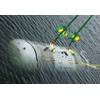
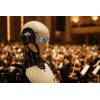
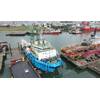
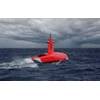
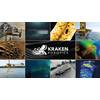







 February 2025
February 2025



